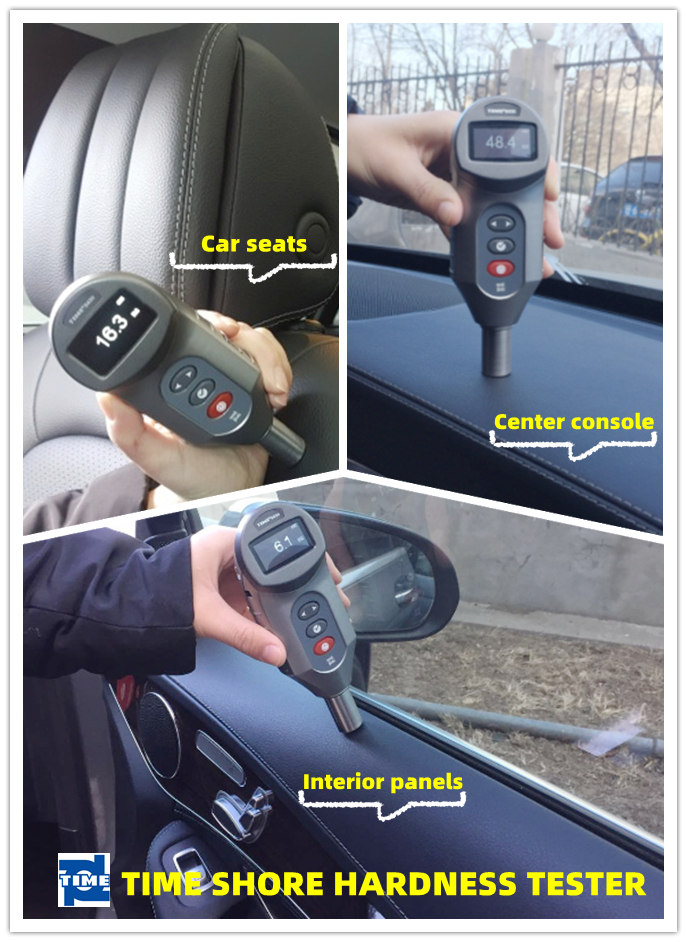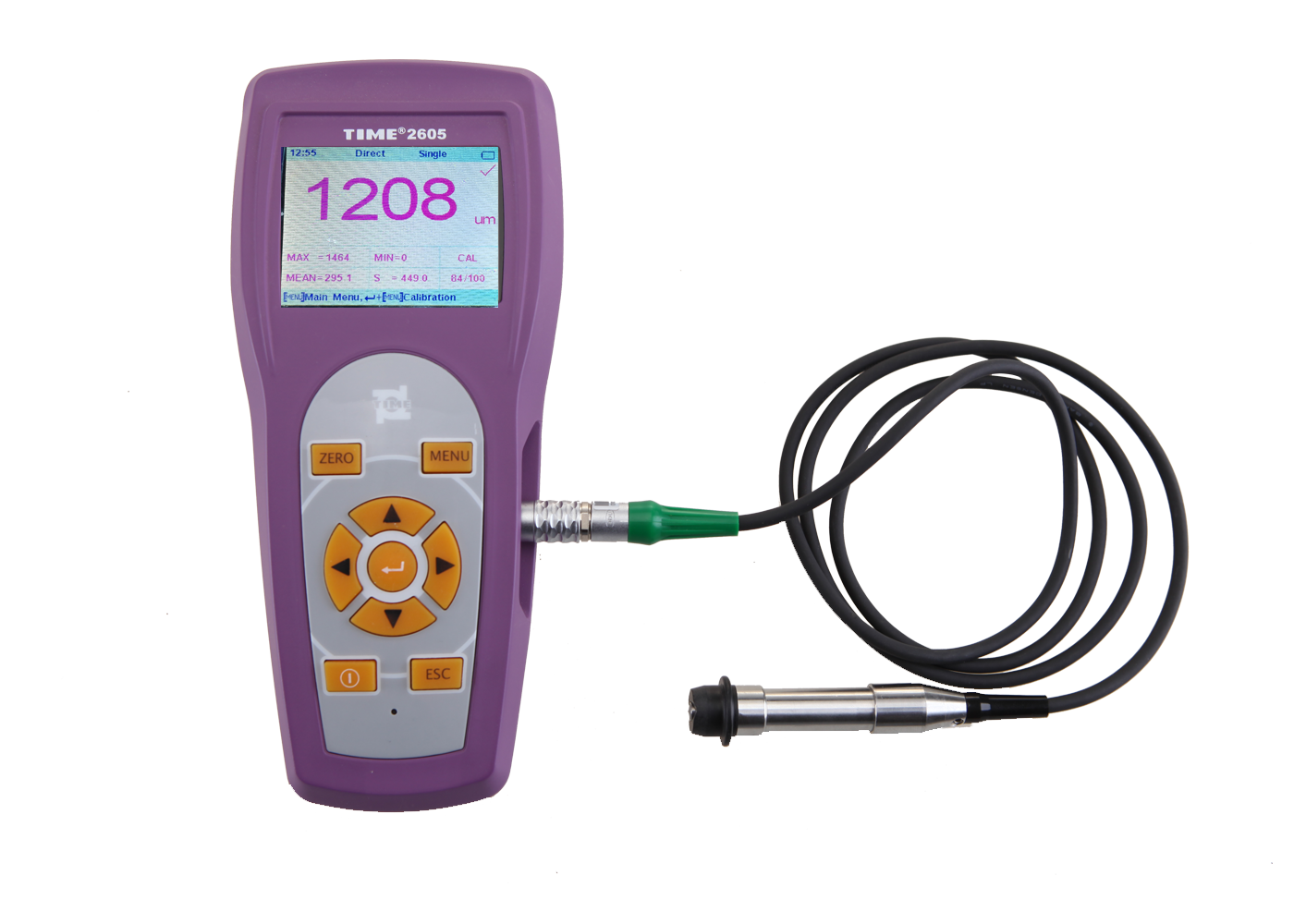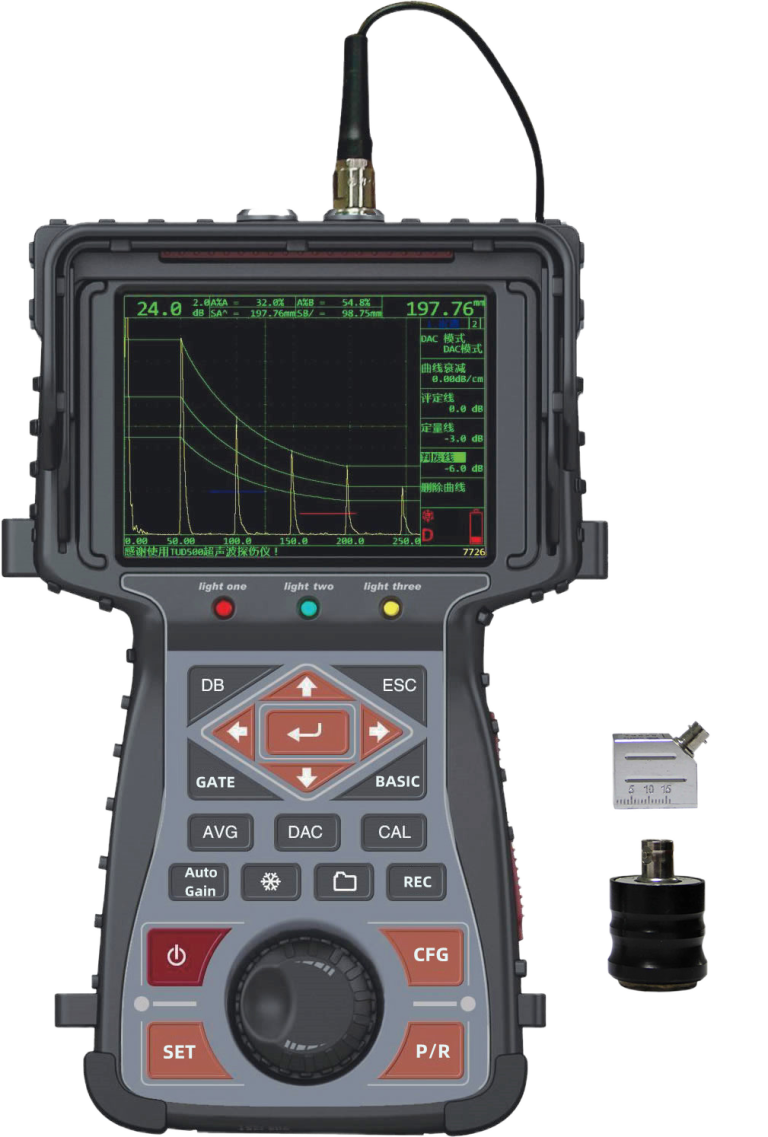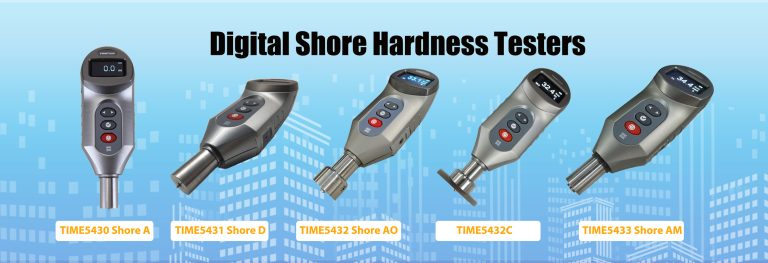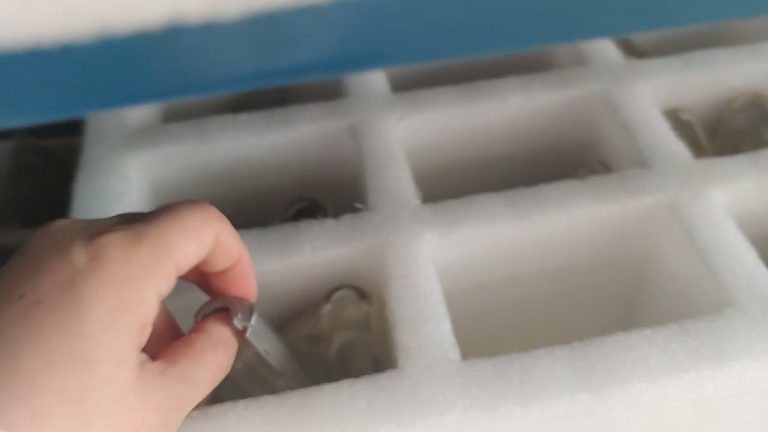With the development of science and technology, more and more people have come into contact with the use of instruments and meters, but at the same time, various failures of instruments and meters are also various. I also introduced several inspection methods for common instrumentation failures, and here I will improve the common diagnostic methods for instrumentation failures, so that everyone can better diagnose and deal with instrumentation failures.

- Percussion hand pressure method
The so-called “knocking” is to gently tap the plug-in board or components with a small rubber hammer or other knocking objects on the parts that may cause failures to see if it will cause errors or shutdowns. The so-called “hand pressure” means that when a fault occurs, turn off the power and re-press the plugged parts and plugs by hand, and then try to turn on the power to see if the fault will be eliminated. If it is found that it is normal to knock on the case once, but it is not normal to knock again, it is best to re-insert all the connectors and try again. If it is unsuccessful, you have to think of other ways. - Observation method
Use sight, smell, touch. Sometimes, damaged components will discolor, blister or burnt spots; burnt out components will produce some special smells; short-circuited chips will become hot; weak soldering or desoldering can also be observed with the naked eye . - Exclusion method
The so-called elimination method is to judge the cause of the failure by unplugging and inserting some plug-in boards and devices in the machine. When the instrument returns to normal after a certain plug-in board or device is unplugged, it means that the fault occurred there. - Replacement method
Two instruments of the same model or sufficient spare parts are required. Replace a good spare with the same component on the faulty machine to see if the fault is eliminated.
the - Contrast method
The specific method is: let the faulty instrument and the normal instrument operate under the same conditions, and then detect the signals of some points and compare the two groups of signals measured. If there is a difference, it can be concluded that the fault is here. This method requires maintenance personnel to have considerable knowledge and skills.
the - Heating and heating method
The so-called cooling means that when a fault occurs, wipe anhydrous alcohol with a cotton swab on the part that may be faulty to cool it down and observe whether the fault is eliminated. The so-called temperature rise is to artificially increase the ambient temperature, such as using an electric soldering iron to approach suspicious parts (be careful not to raise the temperature too high to damage normal devices) to see if the fault occurs.
the - Shoulder riding
The shoulder riding method is also called the parallel method. Install a good IC chip on the chip to be checked, or connect a good component in parallel with the component to be checked, and keep in good contact. If the fault comes from an open circuit or poor contact inside the device, use this method. method can be ruled out.
the - Capacitor bypass method
When a certain circuit produces a strange phenomenon, such as the display is confused, the capacitor bypass method can be used to determine the probably faulty circuit part. Connect the capacitor across the power supply and ground of the IC; connect the transistor circuit across the base input or collector output, and observe the impact on the fault phenomenon. If the bypass input terminal of the capacitor is invalid and its bypass output terminal fault phenomenon disappears, it is determined that the fault occurs in this stage of the circuit.
the - State adjustment method
Generally speaking, before the fault is determined, do not touch the components in the circuit, especially the adjustable devices. However, it is still allowed to touch if necessary if re-referencing measures are taken in advance. Maybe after a change sometimes the glitch goes away.
the - Isolation method
The fault isolation method does not require comparison of equipment or spare parts of the same model, and is safe and reliable. According to the fault detection flow chart, segmentation and encirclement gradually narrow the fault search range, and then cooperate with signal comparison, component exchange and other methods, generally the fault will be found quickly.

